Three years ago today, Russian tanks rolled over the Ukrainian border in a massive surprise attack. Russian unit commanders and soldiers were told to prepare for a three-day campaign — and indeed by the end of the day parachute units were fighting for control of the vital Hostomel military airport just a few miles from the center of Kyiv. But over a thousand days later, many of the fundamentals of war and politics have been changed forever.
For one, Europe found its conscience. In the run-up to the full-scale Russian invasion, some European countries were training Ukrainian infantry units in scattered partisan warfare and supplying man-portable anti-tank weapons such as NLAWs and Javelins. In the first days of the war, none of Ukraine’s Western allies seriously expected Kyiv to hold out — and US special forces even offered to evacuate President Volodymyr Zelensky.
The biggest change is that the specter of nuclear conflict has returned as a real threat
Germany, insultingly, offered to ship 5,000 helmets to the Ukrainian army, while Brits worried about supplying too many high-tech weapons lest they be captured by the Russians. But with Boris Johnson leading the charge with his April 2022 visit to Kyiv, US and EU aid quickly hit the billions. Every few months seemed to produce a new wonder-weapon that would win the war: Turkish-made Bayraktar drones, then US Bradley armored fighting vehicles, then German Leopard 2 tanks, and finally Patriot missile defense batteries and F-16 fighters.
Europe’s limitations have, however, since been tested. The Russians withdrew from around Kyiv in April 2022 — leaving evidence of horrific war crimes in their wake at Bucha and Irpin — and were pushed back from the city of Kherson and Kharkiv province that October. But Europe quickly found that its reserves of armor, artillery and shells weren’t close to enough to meet Ukraine’s needs, and the US made up the lion’s share of military funding and equipment supply. Now, with the Trump administration pulling out of not just Ukraine but Europe’s security altogether, the continent is discovering the cost of decades of outsourcing its defense bills to Washington.
When in 1940 President Franklin D. Roosevelt declared America the “arsenal of democracy,” ready to stand up for freedom everywhere, the US became the world’s self-declared policeman. Never mind that during those Cold War years many of the freedom fighters Washington backed often included brutal corrupt juntas — there was broad consensus both in the US and the world that America stood for important values. Joe Biden opened a speech in Warsaw in March 2022 with an inspiring quote from Polish Pope John Paul II: “Be not afraid.” Biden asserted that “the battle for democracy … did not conclude with the end of the Cold War,” and that Russia was “strangling democracy.” He called NATO’s mission to defend itself “a sacred obligation … to defend each and every inch of NATO territory with the full force of our collective power.”
Three years later, and Donald Trump has declared that he had told Ukraine “that I want the equivalent of like $500 billion worth of rare earth … they’ve essentially agreed to do that so at least we don’t feel stupid.” Trump claimed that he’d told Zelensky that “we have to get something. We can’t continue to pay this money.” The deep message to the democracies of the world is: you’re on your own.
Over the past three years, though, the myth of Russian invincibility has been busted. Ukrainian soldiers tell a well-worn joke: “We used to think that the Russians had the second army in the world. Now we know they have the second army in Ukraine.”
Strange as it seems today, but in the run up to Putin’s invasion the Kremlin had been pouring a whopping 7 percent of Russia’s GDP into building up an army generally seen to be world-class. The much-vaunted Russian Battalion Tactical Group (BTGs) was meant to be mobile, self-contained, and highly mobile. In practice, the Russian BTGs got shot to pieces on open roads, while the battlefront in Donbas quickly descended into brutal World War One-style artillery and trench warfare. By early 2023, Russia was recruiting thousands of convicts — including rapists and murderers — into its armed forces and sending them in “meat waves” against the enemy. Wholesale butchery, and battlefield casualty numbers in the hundreds of thousands, returned to European warfare for the first time in eighty years.
But at the same time, technology has come to the forefront of this conflict and the humble drone became the new deity of the modern battlefield. Both sides deployed thousands of them to do everything from drop heavy ordnance on enemy tanks to target spotting to filming death-porn footage of fleeing men and vehicles being shredded. Kamikaze drones worth just a few hundred dollars took out helicopters, tanks and aircraft worth tens of millions, radically changing the strategic balance for military planners everywhere.
In the wake of Putin’s invasion, over a thousand Western companies exited the Russian market. Planes stopped flying from Western airports to Russia, thousands of leased aircraft were effectively stolen by Russian air companies, banking sanctions cut off Russian banks and businesses from payment systems, some $300 billion in Russian central bank reserves were frozen in Western accounts. Yet these brutal economic sanctions failed to bring Russia to its knees.
In practice, Washington was scared of provoking a worldwide crisis by banning Russian oil. Moscow actually increased its exports to India and China — and also, indirectly, to Europe too, which simply began importing effectively laundered refined oil products from India. Europe, too failed to break its addiction to Russian gas, though it had to swap to the liquefied kind after the sabotage of three of the four Nord Stream gas pipelines in September 2022. In the meantime, plenty of Western luxury goods exporters and high-tech companies busted sanctions by boosting exports via former Soviet countries.
The result? The Russian economy may be in bad shape, hemorrhaging 40 percent of state spending to the war and with inflation running at 9 percent. But Putin has not run out of money to push on in Ukraine, nor of men willing to take generous signing bonuses in order to volunteer.
And yet, the biggest change over three years of war is that the specter of nuclear conflict has returned as a real threat. What are the rules of using tactical nuclear weapons — bombs that destroy small areas and kill hundreds, rather than obliterate whole cities? Nobody knows, because they’ve never been used. But as historian Niall Fergusson recently told the ARC conference in London, “I’m less worried about the culture war as by the real war that is closer than any of us imagine.”



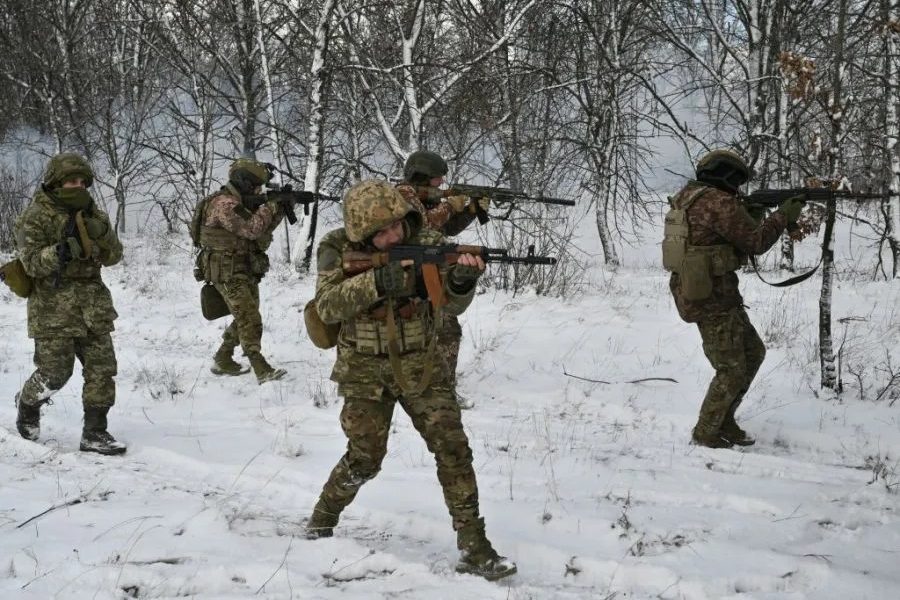






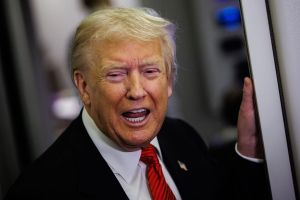
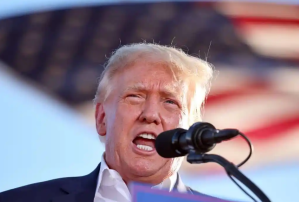
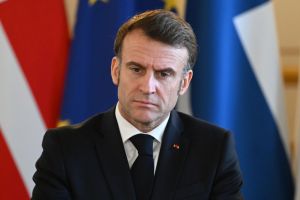
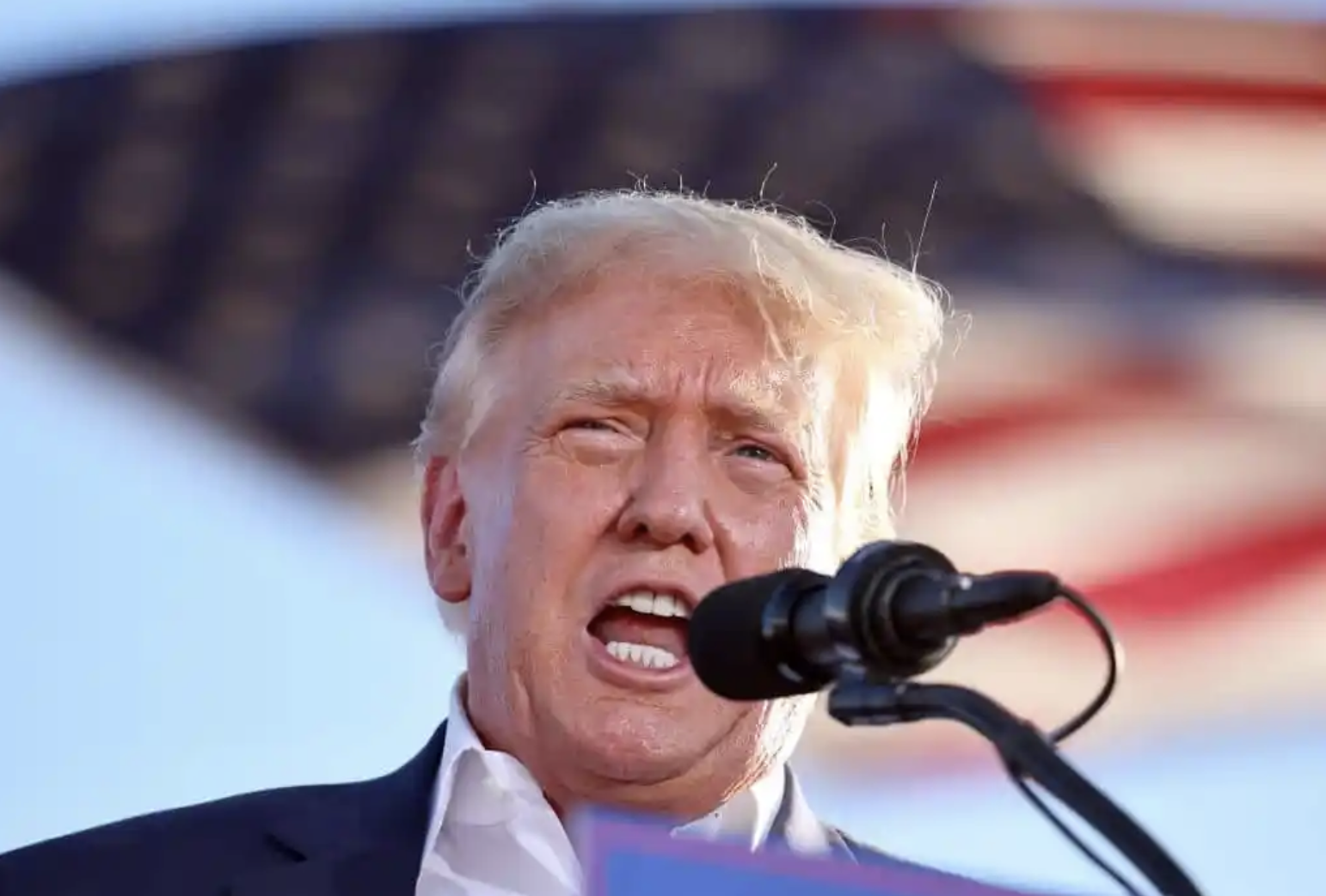

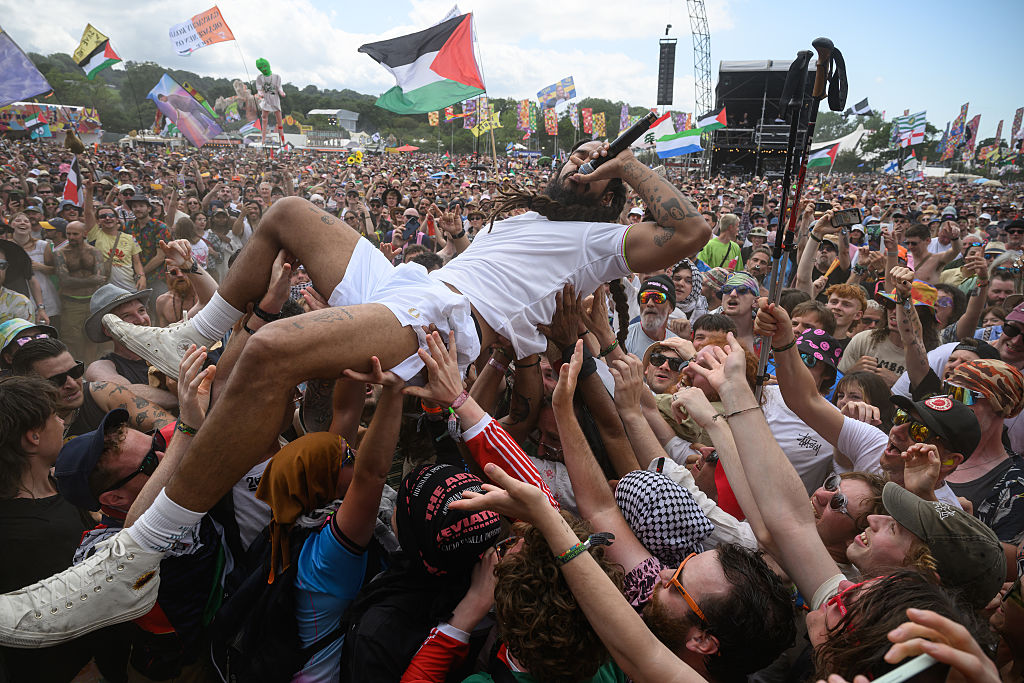
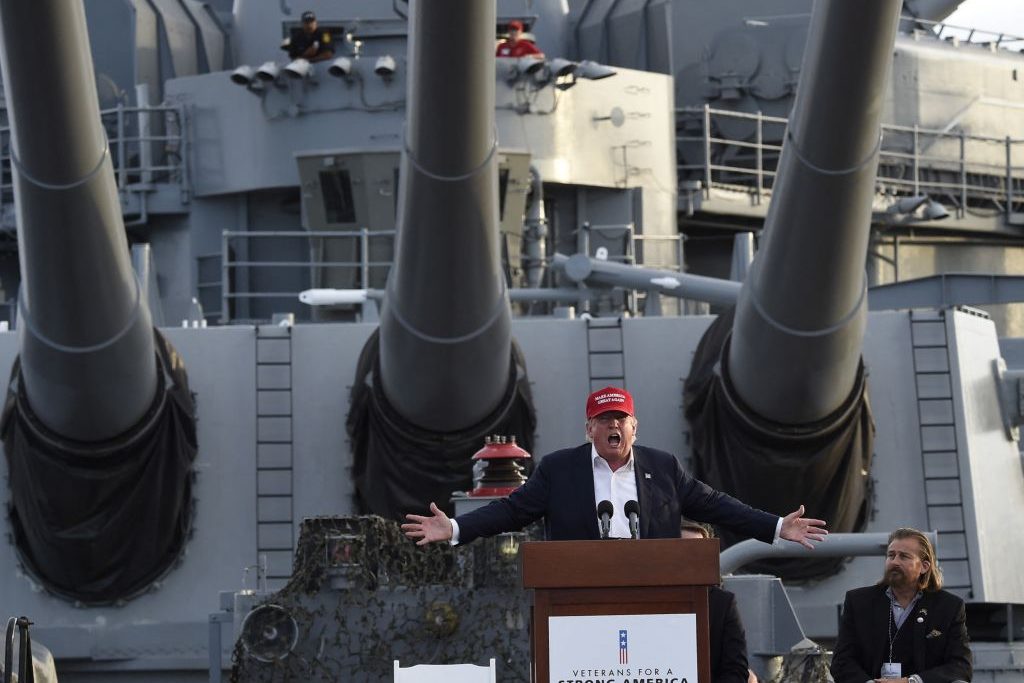
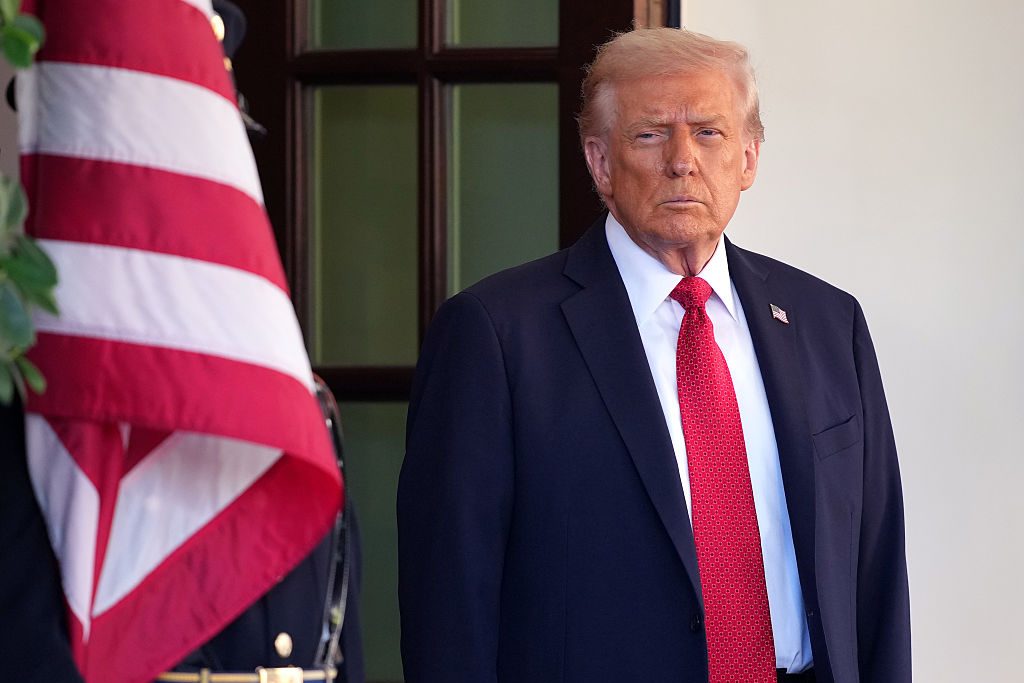
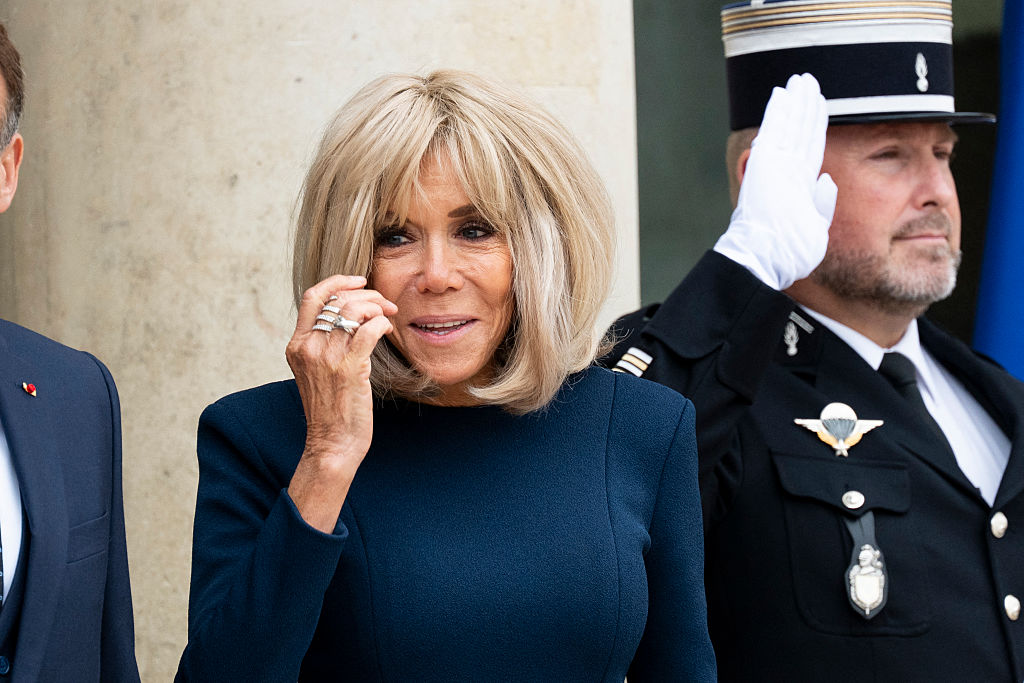

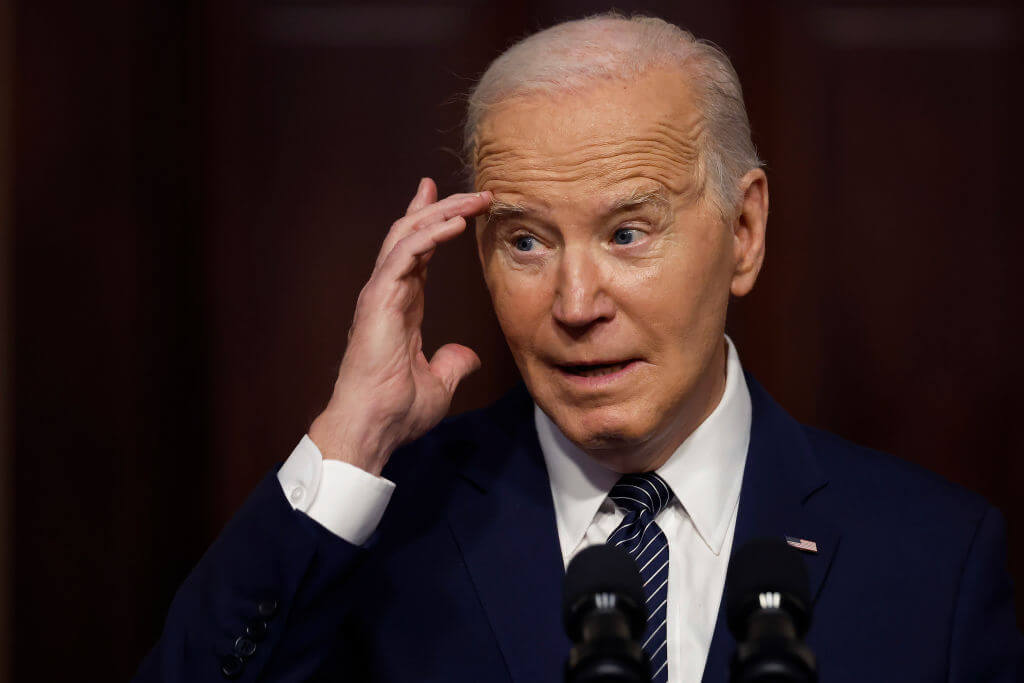



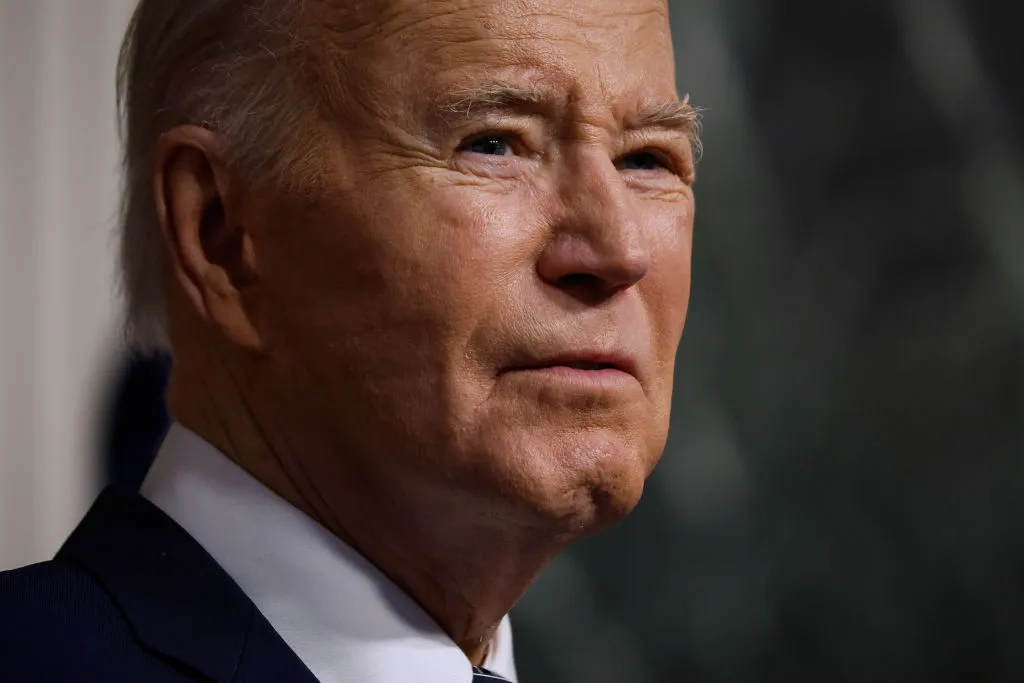

Leave a Reply